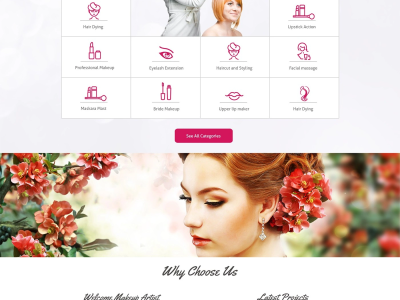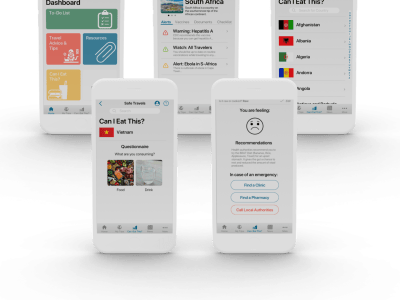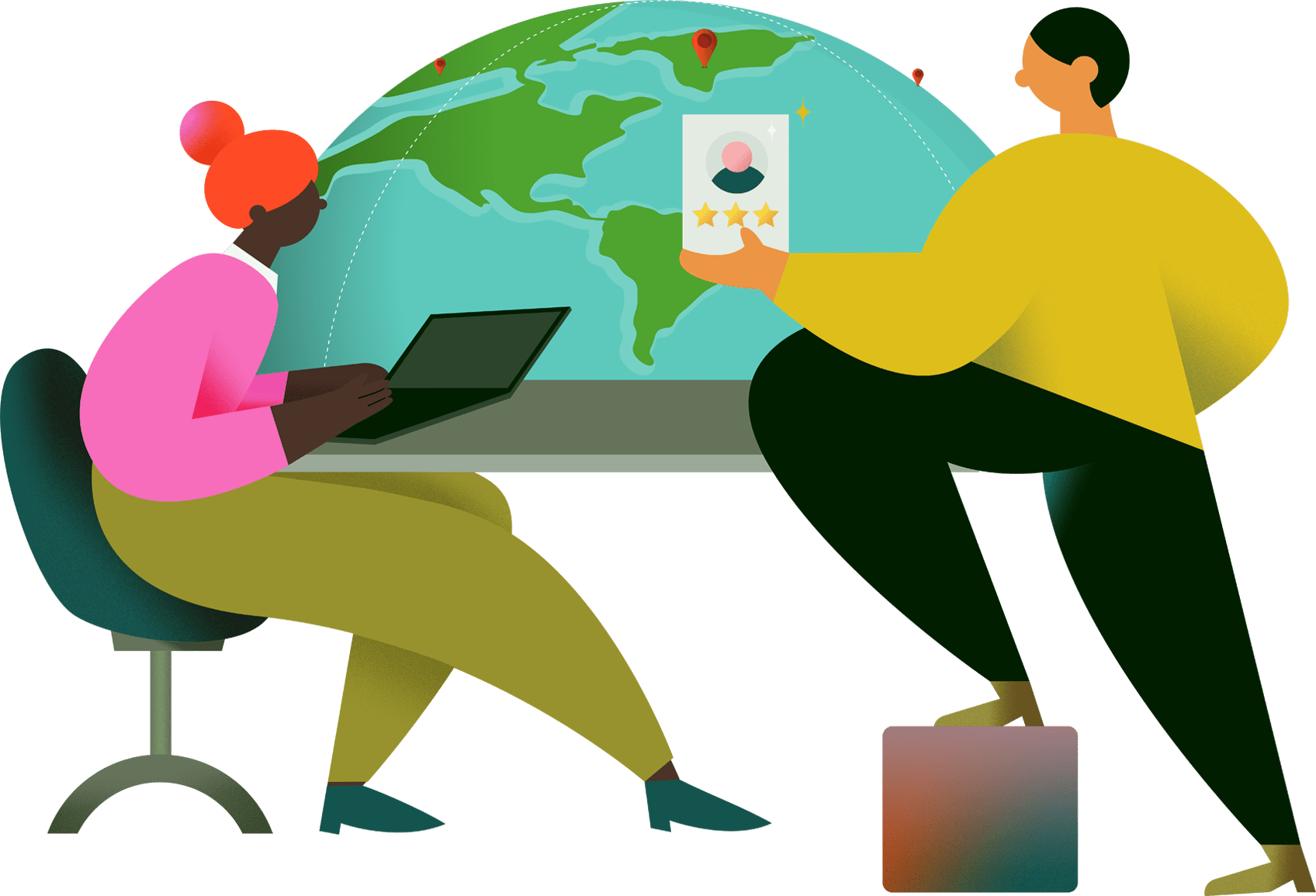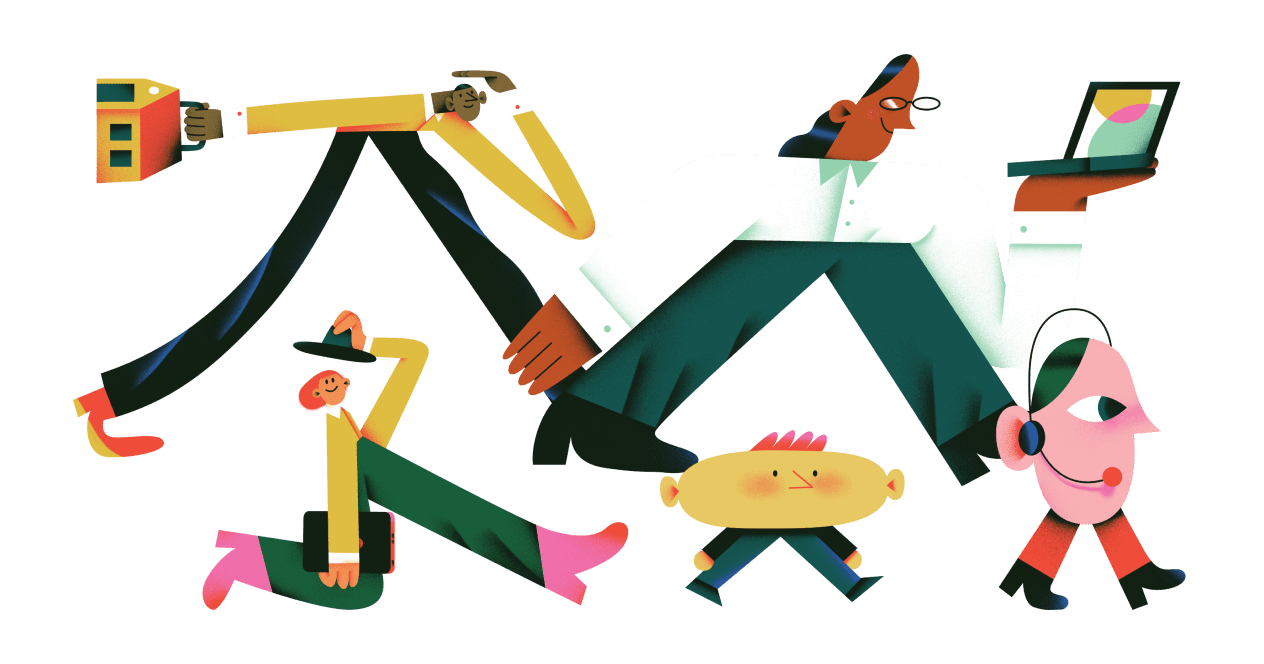Web designers are must-have for any site owner. Whether you’re building a new site or your existing design needs a refresh, you’ll need a good designer that can match your business style with the right layout, color scheme, and user interface (UI). Like fashion, web design trends change frequently so you need a designer who understands the market, UI, and user experience (UX) design, and who knows how to use this to make your site attractive and easy to navigate.
Costs for any project aren’t black and white, but having a general framework to approach the budgeting process will get you closer to an accurate estimate. Several factors will play a role in costs, and even just one change in scope can have a huge increase or decrease in budget. Bear in mind that it’s also important to find a designer you like and enjoy working with, and each designer will have their own rates, which will also greatly affect the end cost of your project.
What does a web designer do?
First, let’s review quickly what a web designer does, the tools they use, and what deliverables they typically provide.
Web design is not the same as web development, but sometimes you’ll find a developer or designer with overlapping skills who can perform both. Many web designers create mock-ups of a site or app using graphic design software, while others create custom themes that can be viewed as functional websites. A website designer typically works with a variety of design software and technologies to create responsive layouts and page elements that are visually appealing to users. They’ll work to improve the interface and user experience, and often collaborate with graphic artists, programmers, and copywriters along the way.
Here are a few factors to consider when engaging a remote web designer. you’ll need a good designer that can match your business style with the right layout, color scheme, and user interface (UI).
Cost factor #1: Project scope
As a client, you might think web design comprises things like a homepage and a few interior page layouts, but web design is so much more. What about call-to-actions, buttons, and images? What about design flow? What about your navigation, headers, footers, and any side elements for up-selling products? Basically, design includes all the elements of your site, and they all need to flow with your color scheme and business idea.
The scope of your web design will be somewhat proportional to the size of your site, but you might have other graphic elements you want to include. For instance, some people want their web designer to create collateral materials like a logo, favicons, or email templates.
This is where a good creative brief can help you map out all of the elements, pages, and items you might need from the designer. A thoughtful and well-defined creative brief will help prevent scope creep, make your project run smoothly, and set expectations up front that will help to attract a talented web designer who can deliver the results you’re looking for.
A good brief will also help you understand the skills and experience level you need, which should also help you with budget. Use the brief to share information with the designer including:
- Background of your business or industry.
- A summary of your project: What it is, and why you need it.
- Site wireframes and concepts.
- UI data, research, and testing requirements.
- Timeline, milestones, and deliverables.
- Color schemes, logos, or existing design guidelines.
- Your target audience.
- Any collateral design materials.
Document as much of the site’s purpose and workflow as you can to help the designer get an idea of your overall scope.
- Deliverables. Some designers will give you the site’s layout as an image that will then be coded by a front-end developer, unless they’re capable of doing it themselves. If not, be sure to specify if the designer needs to break the layout into elements that can be coded into the CSS and HTML of your site.
- Animation and interactivity. Animated graphics or interactive design are common elements of many modern sites. Not every designer does animation, so you should probably specify if you want animation for any elements of your site. Anything to help the designer determine your requirements will help nail down a more accurate estimate.
- UI Research. Every industry has their own standard interface and elements that make a design intuitive to your users. If you have any of these elements, you should document them and communicate niche specifics to the designer to ensure that they incorporate them during design time.
- Testing. Many customers forget testing or even want to skip it. Buggy software can ruin your application’s chance to compete. Testing time is proportional to the size and complexity of your project, so always consider testing as a part of your scope and set aside some budget for it.
Cost factor #2: Geography
Every location has its own cost of living, and this will affect a web designer’s rates and subsequently, your web design budget. You can find a freelance designer from anywhere in the world, but there are a few considerations before hiring someone who isn’t local to you.
Time zone and how it affects a timeline and budget is a direct result of where a remote professional is based. If a designer is 10 hours ahead or behind your time zone, communication will be slower. This affects your timeline, because you’ll probably receive a response 24 hours after you send your question. Some designers will work during the time zone of their regular clients, so ask the provider about their office hours.
The next factor is language. Although web design doesn’t require someone who speaks the same language, it’s important that the designer understands your requirements. This can be more difficult if you don’t speak the same language fluently. You can interview talent to explain your requirements and get a feel for their understanding of the project before you begin.
Naturally, remote talent in locations with a lower cost of living will reduce your costs. Just make sure communication and time zone differences are factored into your project.
Cost factor #3: Platform & complexity of design
The type of operating system and hosting doesn’t matter much for design, but the platform is a factor. For instance, if you need a WordPress theme, the designer must work with WordPress themes and customize them in a way that a developer can feasibly code in CSS or JavaScript on the front end. If you use another CMS, the developer must work with those elements. Most designers specialize in specific platforms, so review their portfolios and experience for specific platforms before you invite them to bid on your project.
Another factor is the type of design that’s needed. A gaming site probably has much more detailed design than a standard, clean personal blog. Complexity of design will boost the budget.
With design, some small programming factors are also a part of certain projects. For instance, the designer might need to have a basic understanding of JavaScript or jQuery for sliders and animation elements. This will also factor into your cost, and the talent will tell you if these coding elements are needed.
You need to speak to a designer to gauge the amount of time necessary for your design project, but the following gives you a general idea of the hourly rates charged by a web designer.
Basic One-Page Site
Just one page design. Very few elements. Basic layout and UI.
Average Hourly Rate: $15–40+
CMS Design
Themes and designs that work directly with your CMS such as Joomla, WordPress, Drupal, etc.
Average Hourly Rate: $20–50+
Full Custom Site Design
Building a design from scratch with custom code and design elements. Usually, a large project that requires some coding.
Average Hourly Rate: $45–75+
You should expect anywhere from 10 hours for a very small design project to several dozen hours for a large-scale, custom design that will need several rounds of revisions. You should also factor in revisions and feedback that the designer must then incorporate into the original design.
For a better estimate, it can help to take some time to write your requirements into a create brief and even find websites that you like for inspiration. This gives the designer an idea of your style and even color scheme that you prefer. The more information you give the designer, the closer the project will stay to the original budget.










